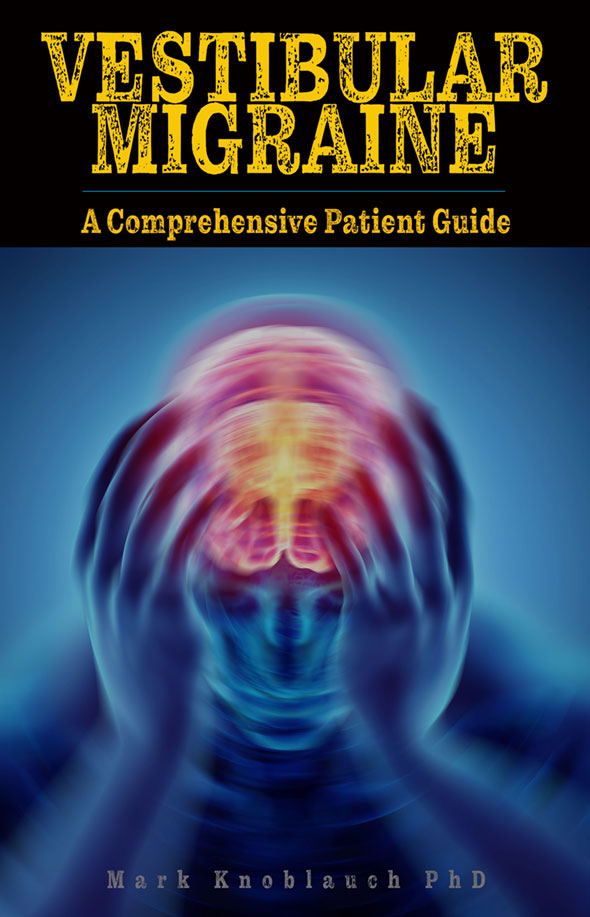Vestibular Migraine: A comprehensive patient guide
Synopsis
An array of words can be used to describe vestibular migraine: Annoying. Debilitating. Overwhelming. Much of the frustration surrounding vestibular migraine is due in part to the fact that as a relatively new disease in the world of vestibular disorders, we just don’t know much about it. As a patient – or someone who interacts with a patient of vestibular migraine – the incapacitating attacks and randomness of the symptoms can complicate the already-stressful aspect of dealing with the condition itself.
This book is designed to serve as a resource guide to empower and inform new patients for the long and at times arduous journey with vestibular migraine. Topics include an introduction to migraine and vestibular anatomy, outlining what vestibular migraine is, diagnosis and treatment of vestibular migraine, and quality of life aspects. Over 170 references highlight some of the most recent research available, in turn providing ample opportunity for patients to read further in order to gain additional insight into this disease.
Written by an individual who has himself dealt with multiple vestibular disorders, Vestibular Migraine: A Comprehensive Patient Guide is designed to provide the new vestibular migraine patient a solid foundation of facts and information that they can use to improve their understanding of this disease. Through improving their knowledge of this disease, patients can have productive and focused discussions with their medical provider in order to outline a directed plan of treatment to hopefully reduce the effects of vestibular migraine.
Excerpts
While some vertigo-associated conditions such as Ménière’s disease tend to increase in frequency later in life, vestibular migraine can occur at effectively any age. The age of onset for vestibular migraine can range from 7 to 74 years and does include children as we will discuss in a later chapter. The average age, though, at which vestibular migraine symptoms begin for adults has been reported as 37.7 years for women and 42.4 years for men.
The most common migraine-associated symptom during a vestibular migraine attack is headache. Significant pain can occur with these headaches, as one survey revealed that during an attack, 47.5% of patients experienced dizziness or vertigo, with the average degree of headache pain reaching a level of “7” out of “10” (0 = no pain, 10 = worst pain imaginable).
Despite all this talk of vertigo, it should be noted that not all vestibular migraine attacks involve vertigo. One study reported that anywhere from one-fourth to one-third of attacks do not involve a vertigo-based event. Despite this inconsistency of vertigo during attacks, all patients with vestibular migraine do report experiencing vertigo at some point. This common complain of vertigo helps separate vestibular migraine from migraine itself, as just 50% of patients who experience migraine report some degree of dizziness or vertigo. Still, the link between migraine itself and vertigo is clear, as migraine patients themselves experience vertigo two to three times more often than healthy patients who do not have headaches. Furthermore, it has been shown that patients diagnosed with migraine were also more likely to have vertigo – as well as vertigo with an accompanying headache – compared to patients without migraine.
This is the perfect resource for someone new to vestibular migraine or someone who is still trying to get a handle on the symptoms. It is also a good resource to share with family members or doctors who may need more information to help them understand as well.
![]()
I have also learned a lot about my own situation through this book. Lots of research and explaining in “layman’s” terms so it is easy to understand and comprehend.
![]()
I found Dr. Knoblauch’s book to be thorough and comprehensive. From a very detailed understanding of the inner ear to explanations with very concrete and real examples that the reader can relate to, the book covers every aspect of having and dealing with Vestibular Migraine.
![]()


